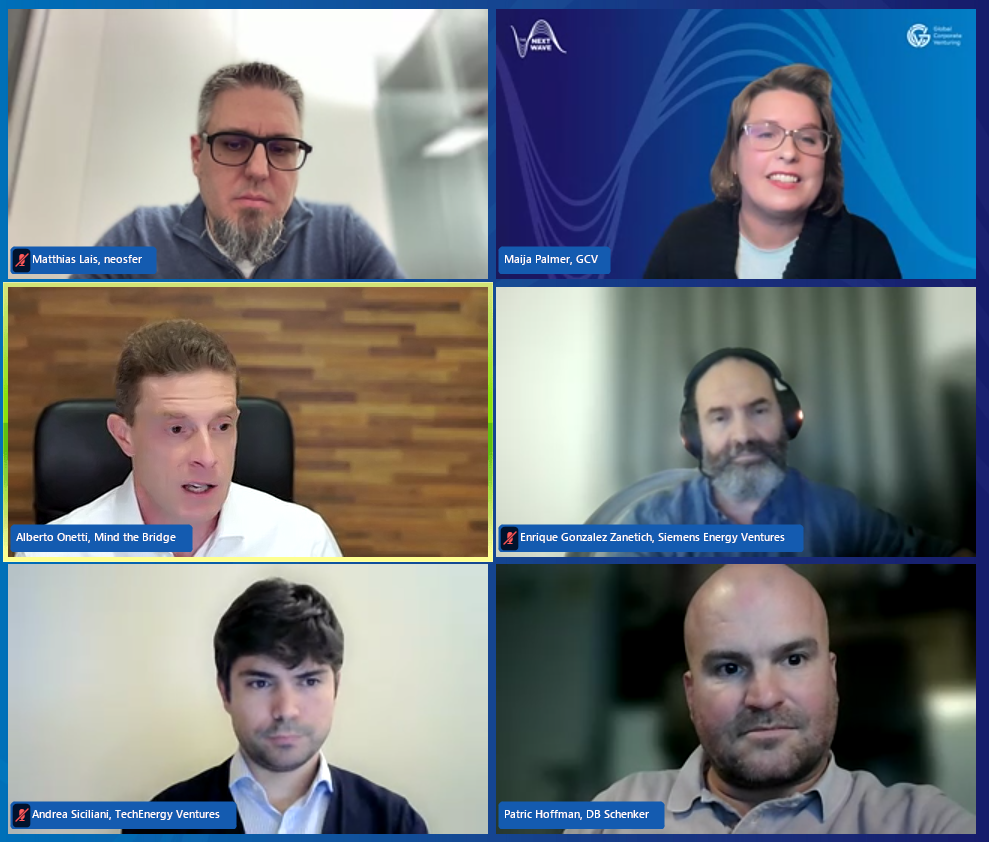From appointing an independent advisory board to hiring an external management team, here are several recommendations for building internal ventures successfully.

Corporations are increasingly building their own ventures from business ideas that evolve inside their organisations rather than simply investing in external startups.
This practice, known as venture building, is a way for companies to encourage innovation inside their organisations. Some even see more financial upside from building their own ventures rather than investing in external companies.
Its growing popularity is evident in the high percentage of companies opting to build internal ventures. Thirty-seven percent of corporates have venture building as part of their innovation tool kit, according to Global Corporate Venturing’s most recent Keystone survey.
But venture building is difficult to do well, requiring a lot of resources and commitment from the parent company. There are notable instances of venture building units being closed down, including Mercedes-Benz’s venture building unit Lab1886, which the company sold off in December 2020. UK oil and gas major BP set out bold plans in 2018 to create five unicorn-valuation companies from its venture building unit. But no unicorn spinouts have emerged and the unit appears to be wound down. Gareth Burns, head of BP Ventures, told GCV that venture building was no longer a focus for the unit.
GCV held a webinar —Venture building – How to avoid the common mistakes — with venture building practitioners to discuss best practices for creating internal startups. Panelists were Alberto Onetti, chairman of advisory firm Mind the Bridge; Enrique Gonzalez Zanetich, venture partner at Siemens Energy Ventures; Andrea Siciliani, investor at TechEnergy Ventures; Matthias Lais, managing director at Neosfer, an investment arm of Commerzbank; and Patric Hoffman, head of Schenker Ventures, the innovation arm of German transport and logistics company DB Schenker.

Here are the main learnings that panelists shared from their venture building efforts:
1. Hire an external team to run spinoffs. This will make it more attractive to external investors.
Launching a company that was built internally will often eventually require an external team to run it. This is the case if the spinoff is not core to the parent’s business and there is no internal expertise to make it into a company.
This is what TechEnergy Ventures found when it took over the management of an internally created hydrogen startup. Siciliani, an investor in the company’s venture unit, is raising external capital to fund the startup, which was spun out of the parent company’s subsidiary Tenova. The technology would have died or moved too slowly if it had stayed in the company, says Siciliani, because of the lack of internal expertise to keep it alive.
“We wanted to create an investable product, and so the corporate wanted to have external people lead in this effort,” says Siciliani.
2. Make sure the parent doesn’t take a controlling stake in its spinoff
The parent company may be tempted to take a controlling stake in a company that its own employees built internally. But this will prevent other investors from financing it and ensuring its survival. External investors are in the best position to set the valuation and terms of ownership to make spinoffs investable companies, says Siciliani.
Gonzalez Zanetich, of Siemens Energy Ventures, agrees. He says it is best to have a mix of strategic and financial VC investors in a spinoff to ensure it has liquidity. This means Siemens does not take a controlling stake in its internally built ventures as this would dissuade external investors. Lais, of Neofser, also takes this tack. “We want to make sure the company is fundable externally, which definitely means we have just a minority stake.
3. Don’t wait too long to spin off a viable company
It might take a while to convince the mothership that an internally built company should be spun off and have external investors. Lais says it took some time to convince parent Commerzbank to part with internal venture Lissi, a digital identity platform. It took five years to spin it off, a period of time that Lais says was too long. Because the parent had sunk so much money and effort for so long into the company, it took some convincing for the parent to let it go. It should take less than a year to decide to spin an internal venture off or not.
“One learning is definitely we would not wait five years to spin something off,” says Lais. “If it is working, then decide to spin it off. Otherwise, stop it.”
4. There is no one-size-fits-all way to do venture building. Be agile and ready to pivot
It is not possible to standardise the process of building ventures internally. Each venture is different, and it is not like you can build a type of standardised innovation factory to churn out ventures. “You need to go step by step iteratively, switch and pivot assumptions,” says Hoffman, of Schenker Ventures. “It is a very agile process.”
Onetti, of Mind the Bridge, says there is no one-size-fits-all process for venture building. Each venture has its own idiosyncrasies. Corporates should try many different tools to build ventures rather than rely on one “industrialised” process. “The fact that multiple tools are converging into the same area probably means that none of them has been particularly successful,” says Onetti.
It is also difficult to put a timeframe on how long it will take to build a successful business. “There is no timeframe, no way to measure it,” says Gonzalez Zanetich. “You have to be very flexible in the journey.”
5. Appoint an advisory board
It is worth having an independent committee or advisory board to decide whether to continue with a venture or terminate it. Making the decision to stop working on a venture will be too hard for founders to make because they are too invested in the project to let go, even if this is warranted. “You want a committee that decides whether to persevere, pivot or kill the entire idea. Sometimes it is even about killing your darlings,” says Hoffman.
Watch the full webinar replay here
This webinar is part of GCV’s The Next Wave series of webinars. We run a webinar on the second Wednesday of every month, alternating between advice for CVC practitioners and deep dives into specific investment areas. Our next webinar will be Startups and Strategics – What works and what doesn’t.









